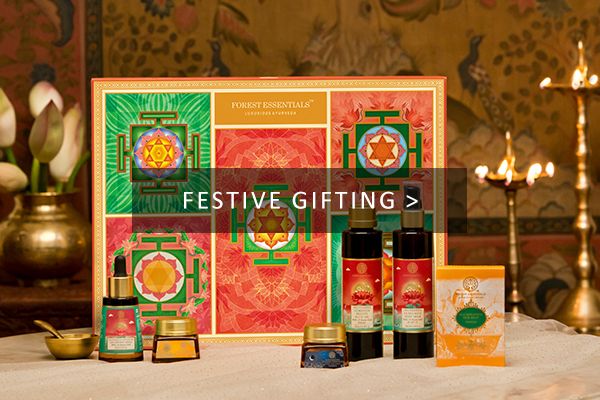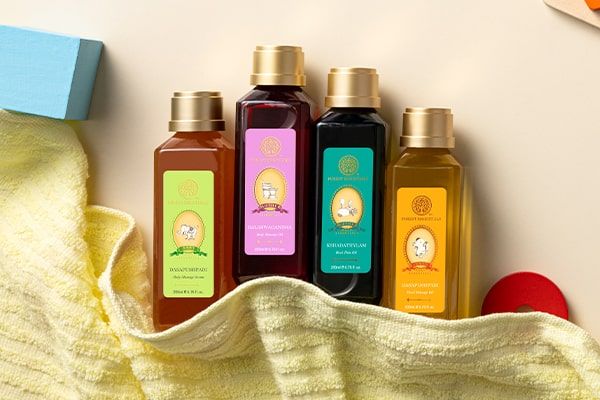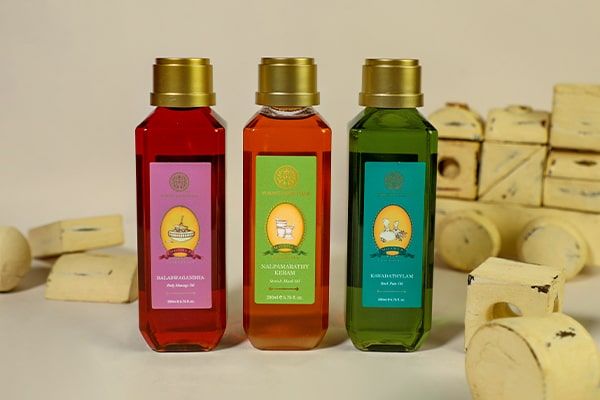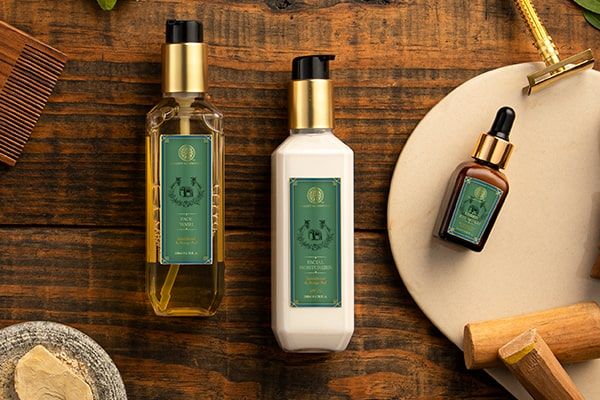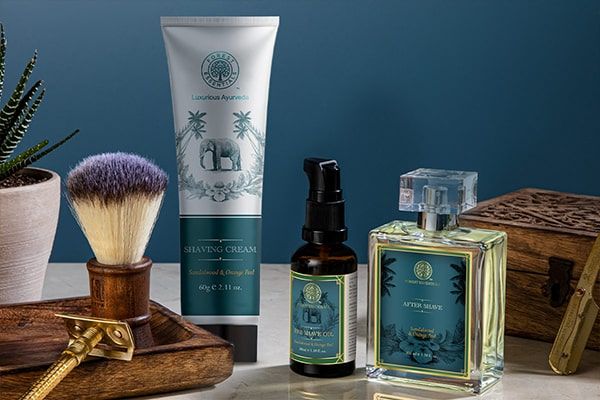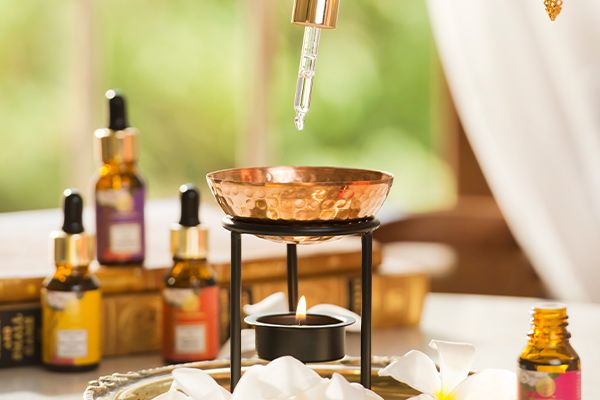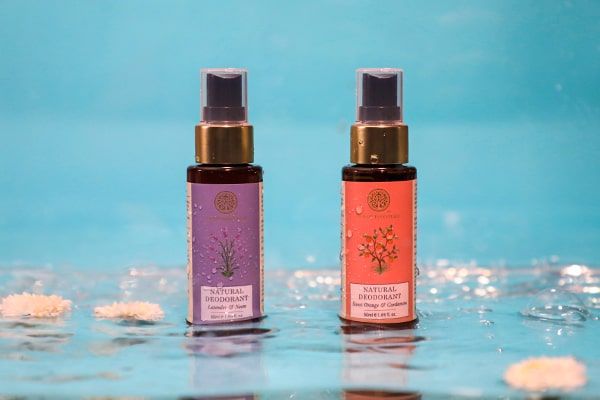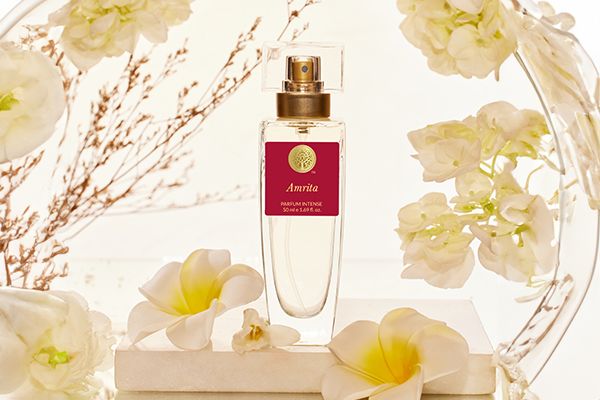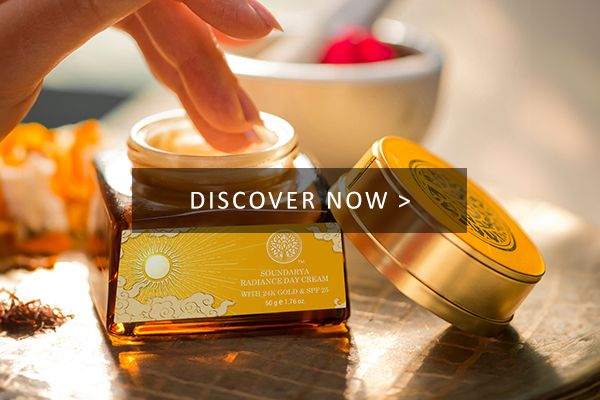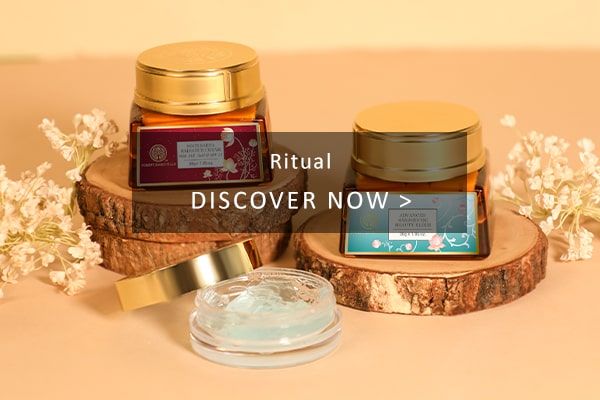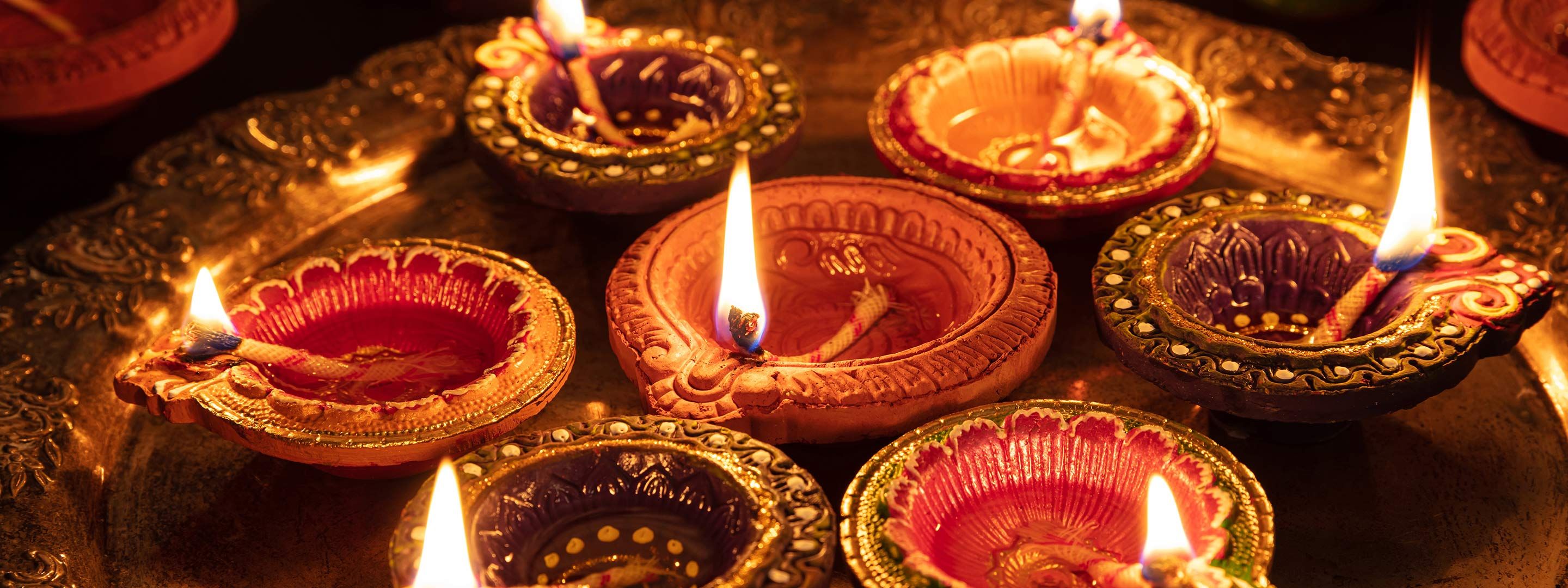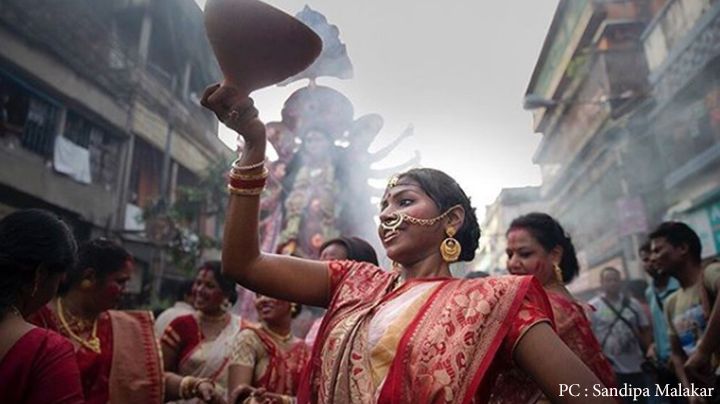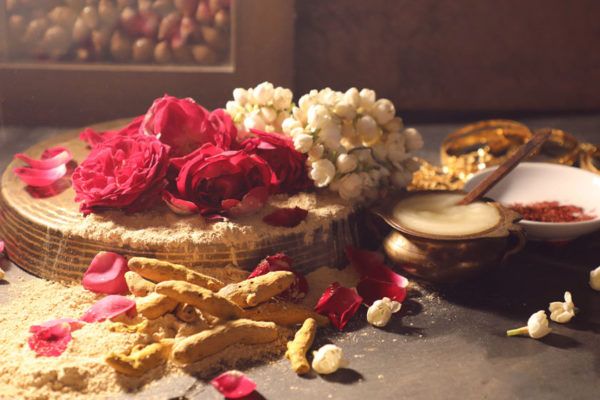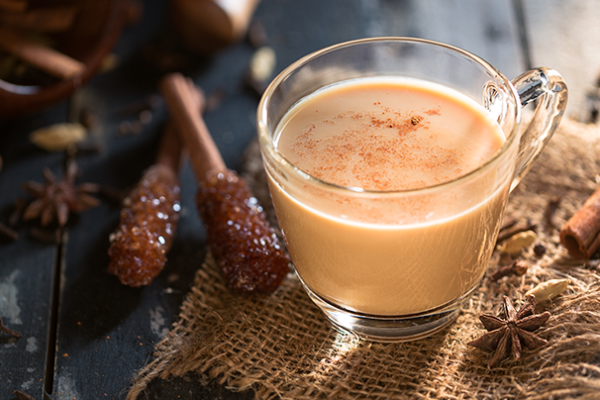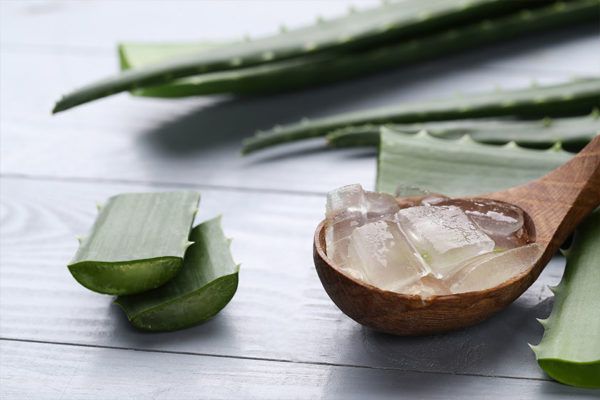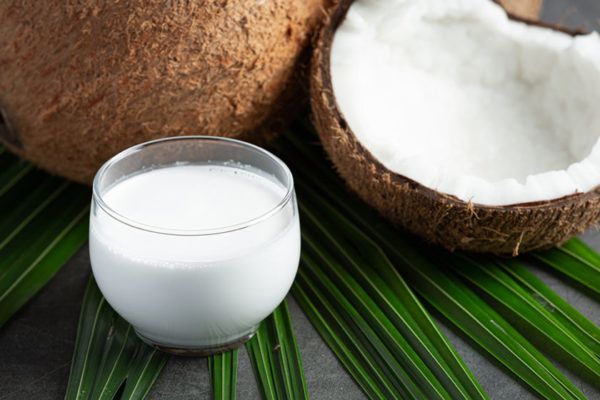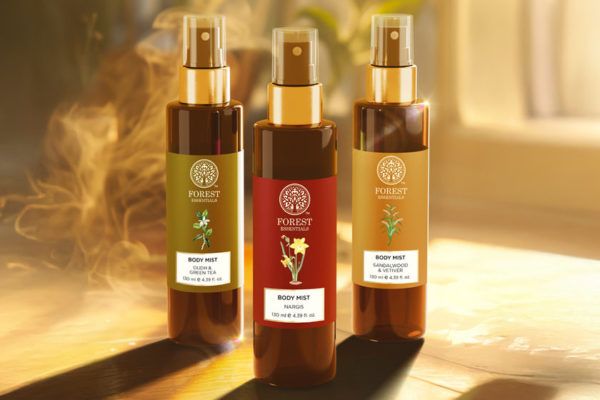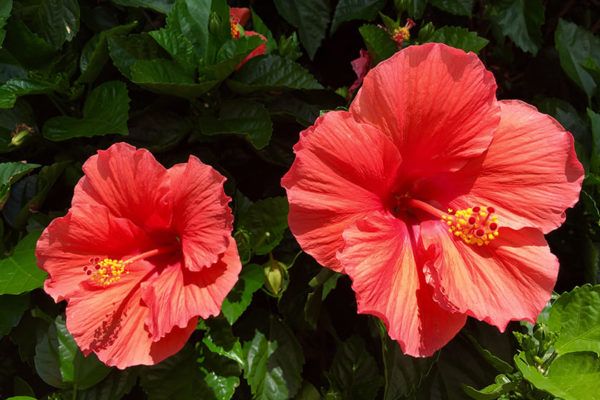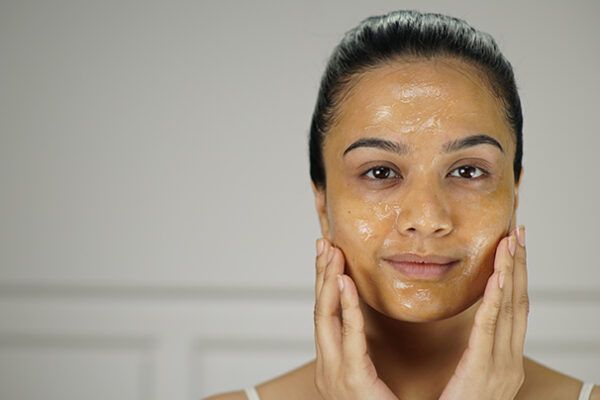Vijayadashmi, Dussehra, SindoorKhela: Different names, a common underlying essence of ‘triumph of good over evil’
Fasting, feasting and fireworks are some of the different ways in which we mark the onset of the festive season in India
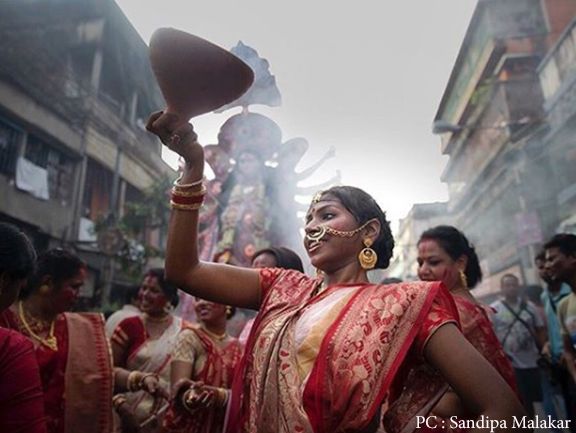
Be it Navratri, Durga Puja or Dussehra – each of these celebrations usher in joy and vivacity owing to the different rituals, traditions and customs associated with each. They reflect the diversity of India and the rich history, mythology and cultural heritage of the country.
Navratri marks the official arrival of the festive season in India. Navratri (‘nav’ translates to ‘nine’ and ‘ratri’ means ‘nights’) celebrates the power of womanhood and is dedicated to the Goddess Durga, a symbol of power and purity.
In North India, a fast is observed during the Navratris and the Girl-child or Kanjaks are worshiped on the eighth or night day known as Durga Ashtami or Navmi respectively. Kanjak Puja with its delicious puri, halwa and channa offering is the highlight. As the legend goes, Vijayadashmi on the tenth day, is celebrated with zeal and enthusiasm as it marks the day when Lord Rama killed the ten-headed demon King Ravana and rescued his wife – Sita. This festival is symbolic of triumph of good over evil and the tradition of burning the effigies of Ravana, his brother Kumbhkarna and son Meghnath is done amidst much fanfare followed by a magnanimous fireworks’ display that lights up the sky.
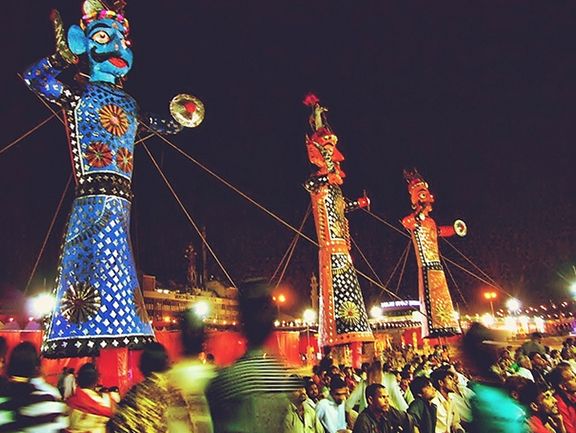
Ramlila, a traditional theatrical and musical representation of some of the key episodes from the epic saga, Ramayana, is also performed across the region. Storytelling is in a traditional folklore style with fancy costumes and dramatic dialogues to showcase the vanquishment of evil. The most popular place to view the same is at Ramlila Maidan, in Old Delhi. The plays are entertaining, inspiring and the bright, festive avatar seems like an exuberant carnival.
In the eastern parts of India, Navratri is observed as Durga Puja (or Pujo, as Bengalis say). It commemorates the victory of divine powers of Durga, over evil and is celebrated with much pomp and fervour. Perhaps one of the grandest festivals of the state, Durga Puja literally transforms Kolkata into the “city of joy”. Lavish feasts, fancy light decorations, musical performances, and traditionally dressed people are a common sight in Durga Puja pandals and street processions. The pandals with their unique themes and artistically designed idols of Goddess Durga are steeped in pure revelry with clouds of incense filling the air. From hopping between pandals and indulging in delectable bhogs to doing the dhunuchi dance to the fervent beats of the dhaak, Durga Puja epitomizes Bengali culture in all its splendour.
According to Bengali legends, goddess Durga travels to her maika, or mother’s home, once a year. The stay at the home of her parents is celebrated as Durga Puja. Because it is a celebration, celebratory feasts that include Maa Durga’s favourite foods are the norm. On the tenth day or Vijayadashmi, idols of Durga are submerged into the holy river Ganga. This custom is called ‘Visarjan’. The immersion symbolises Maa Durga’s return to her husband Lord Shiva at their heavenly abode in Mount Kailash. A few rituals are performed to bid her farewell and good luck. SindoorKhela or SindoorDaan is one such ritual which began years ago and is today an integral part of the Durga Puja celebrations. Married women put on sindoor or vermilion on Maa Durga’s forehead and feet and thereafter they apply it on other married women. In Hinduism, the sindoor or vermillion is a sign of a married woman. They offer sindoor to Maa Durga and seek her holy blessings for a happy marital life. The ritual is vibrant, colourful, and a fascinating sight to behold.
Sindoor Khela celebrations are usually preceded by freshly prepared and elaborate beauty rituals. In an effort to look and feel one’s best on this special day, women start incorporating traditional ingredients such as Haldi, Chandan, Kesar and Ghee in their daily beauty regime. A scrub known as the ritual of ‘ubtan’ is made by blending herbs, roots and flowers, sun dried and ground by hand, to clean and exfoliate the skin and for beautification of the body. At this time of the year, women also indulge in full body oil massages, called the ‘Abhyanga’ ritual in Ayurveda. This is a holistic treatment for the mind, body and soul. With the festive fervour in full swing, lovingly oiling one’s body provides a profound feeling of stability, strength and well-being.
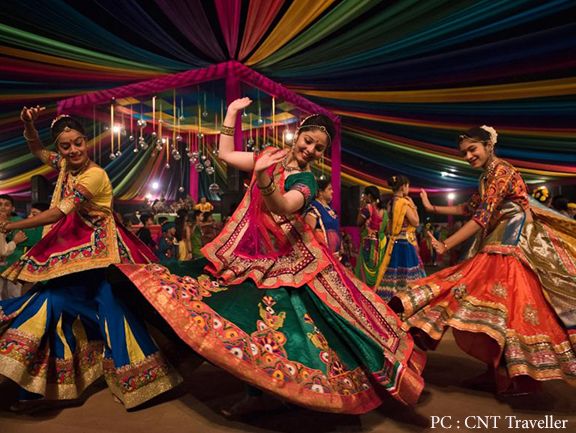
In the western states of Gujarat and Maharashtra, the festival truly erupts in vibrant colours. The dazzling and energetic Garba and Dandiya nights are an extravagant affair. While women don chaniya cholis, the men are dressed in traditional kafni pyjamas with a short kurta and can be seen twirling to the beat of the dhol.
The tenth day or Vijayadashmi is also the day of Vidyarambam in the southern states of Tamil Nadu, Karnataka and Kerala. People in the region worship Goddess Saraswati, the Hindu Goddess of Wisdom, on Vijayadashmi. The ‘day of victory’ is known to be an auspicious occasion to initiate children into education. In the south, Dussehra can be most beautifully experienced in Mysore. It is known as Dasara locally and is celebrated with grandeur by the royal family of Mysore, the Wodeyars with a magnificently lit up Mysore Palace and Jumbo Savaari or the elephant procession. The deity revered in the south is Goddess Chamundeshwari (another name for Maa Durga). The festivities culminate with a procession through the streets, carrying an idol of the Goddess Chamundeshwari atop an elephant adorned in gold and lavish accessories.








